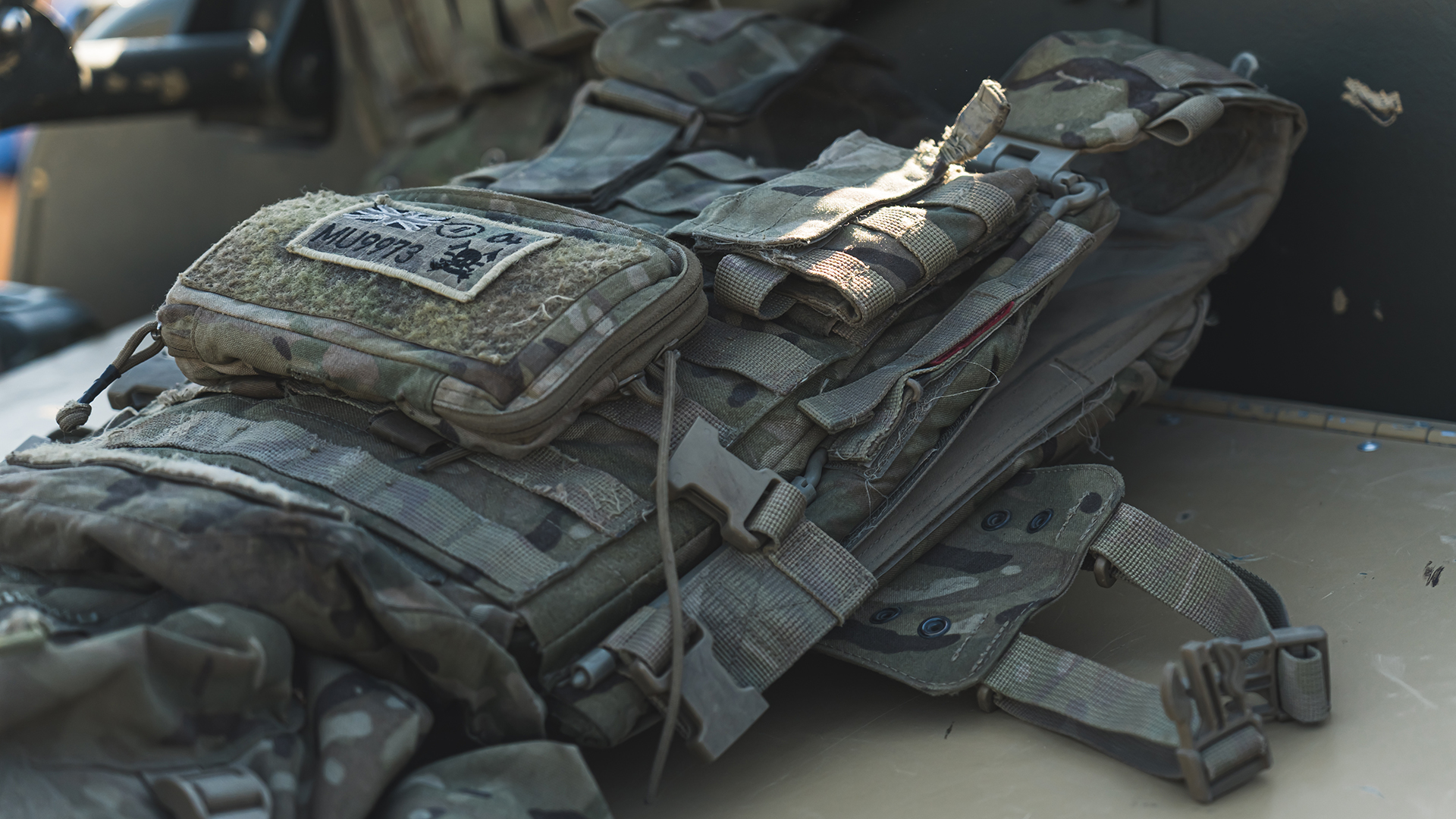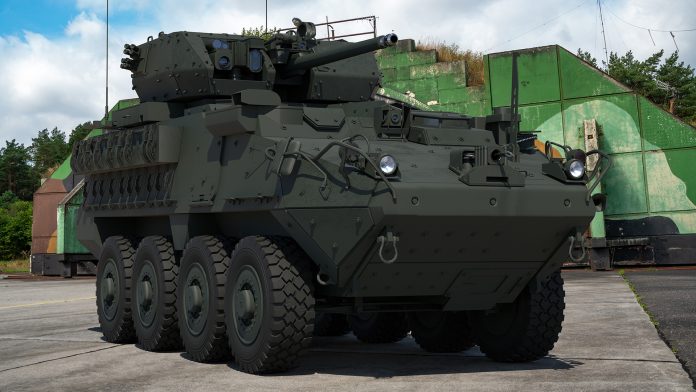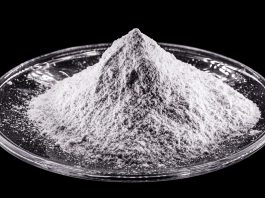In the evolving landscape of defence technology, an unsung hero has emerged in the form of boron carbide ceramics.
Known for their superior hardness, only superseded by diamond, their low density, and exceptional thermal stability, boron carbide ceramics have become a cornerstone in constructing contemporary defence systems.
The proliferation of this material is not without reason; it offers enhanced ballistic resistance, multi-hit capability, and improved mobility in body armour, while also significantly enhancing vehicle armour protection.
As we explore further, it becomes apparent that the applications of boron carbide ceramics extend beyond the immediately obvious, permeating deeper into the architecture of defence systems, thus mandating a comprehensive understanding of their critical role.
Preparation of boron carbide ceramics
In the preparation of boron carbide ceramics, several methods are employed, including hot pressing sintering, hot isostatic pressing sintering, pressureless sintering, and spark plasma sintering (SPS).
Each of these techniques plays a crucial role in obtaining the desired structural and mechanical properties of the ceramics.
Hot pressing sintering involves the application of heat and mechanical pressure, resulting in a dense, high-strength product. Similarly, hot isostatic pressing sintering employs both heat and isotropic pressure, leading to a uniform and high-density ceramic.
Pressureless sintering, on the other hand, utilises just heat to densify the ceramic. This method is beneficial for large-scale production due to its cost-effectiveness and simplicity.
The last method, SPS, employs a pulsed direct current to heat the ceramic. This rapid heating process offers the advantage of obtaining a high-density ceramic with minimal grain growth. The fine grain size achieved through SPS results in a ceramic with excellent hardness and toughness, making boron carbide ceramics a preferred choice for various demanding applications.
Each method contributes significantly to the ceramics’ final properties, ensuring their effectiveness in various high-stress environments.
Properties of boron carbide ceramics
Boron carbide ceramics possess distinct properties that make them indispensable in several high-stress environments. This material, often referred to as ‘black diamond’, is second only to diamond in hardness. This high hardness, combined with a low density, results in an exceedingly strong, lightweight material ideal for applications requiring resilience and durability.
Resistant to wear and tear, boron carbide ceramics also have a high melting point. This suggests that the material can withstand extreme heat and maintain its structural integrity. Such thermal stability is crucial in defence systems that operate in harsh, high-temperature conditions.
Another significant property is its chemical resistance. This means that boron carbide ceramics can endure corrosive environments without losing their performance capabilities.
Moreover, these ceramics exhibit a high neutron absorption cross-section, making them ideal for nuclear shielding. This ability to absorb neutrons without undergoing any significant reactions or transformations is a unique property that sets boron carbide ceramics apart from other materials.
Usage in body armour
Given these remarkable properties, it becomes evident why boron carbide ceramics are extensively employed in the construction of modern body armour. This advanced material contributes significantly to the effectiveness and functionality of protective gear. Boron carbide ceramics’ high hardness ensures exceptional penetration resistance, which is crucial in the face of ballistic threats.
The low density of the material offers an added advantage, making the armour lightweight and enhancing mobility for the wearer. This aspect is critical, particularly in high-intensity combat scenarios where agility can be the difference between life and death.

Boron carbide’s high melting point and thermal stability allow the armour to maintain its integrity even in extreme conditions, providing reliable and consistent protection.
These characteristics make boron carbide ceramics an indispensable component in the production of modern body armour systems.
Vehicle armour performance
Transitioning from personal protection, the applications of boron carbide ceramics extend to vehicular defence systems, offering significant enhancements in protection, survivability, and performance.
The unparalleled hardness and low density of boron carbide make it an ideal material for vehicle armour. Its high melting point and chemical resistance further contribute to its efficacy in this application.
Boron carbide ceramics are used in vehicle armour to improve protection and enhance survivability. The material’s high-density provides resistance to high-velocity impacts, a critical factor in battlefield scenarios. Simultaneously, the low weight of boron carbide reduces the overall weight of armoured vehicles, thereby improving mobility and fuel efficiency.
Additionally, the longevity of boron carbide ceramics is a significant advantage. The material can withstand repeated impacts without significant degradation, enhancing the lifespan of the vehicle armour. The thermal stability ensures the armour remains effective even under extreme temperatures.
Other military applications
Beyond its applications in personal and vehicle armour, boron carbide ceramics serve critical roles in other military equipment and operations, including armour-piercing projectiles, cutting tools, and nuclear shielding.
Their exceptional hardness makes them ideal for armour-piercing ammunition. By augmenting the penetrative capacity of projectiles, these ceramics can ensure superior performance against fortified targets.
These ceramics also find application as cutting tools in military operations. Their high melting point, combined with their remarkable hardness, allows for precise and efficient cutting under extreme conditions. This makes them highly sought after in combat situations where quick and accurate cutting is vital.
In addition, boron carbide ceramics play a significant role in nuclear shielding within military settings. Their low density and high thermal stability make them effective in absorbing neutrons, thus providing safety in environments with potential nuclear threats. This feature is particularly relevant in naval applications, such as nuclear-powered submarines, where shielding from radiation is critical.
The versatility and unique properties of boron carbide ceramics have positioned them as indispensable components in modern defence systems. From personal protection to vehicular armour, and from armour-piercing projectiles to nuclear shielding, these ceramics play a multifaceted role in ensuring the effectiveness, survivability, and efficiency of military operations.
As defence technology continues to evolve, the importance of boron carbide ceramics is only expected to grow, further solidifying their status as a linchpin in the arsenal of nations across the globe.








